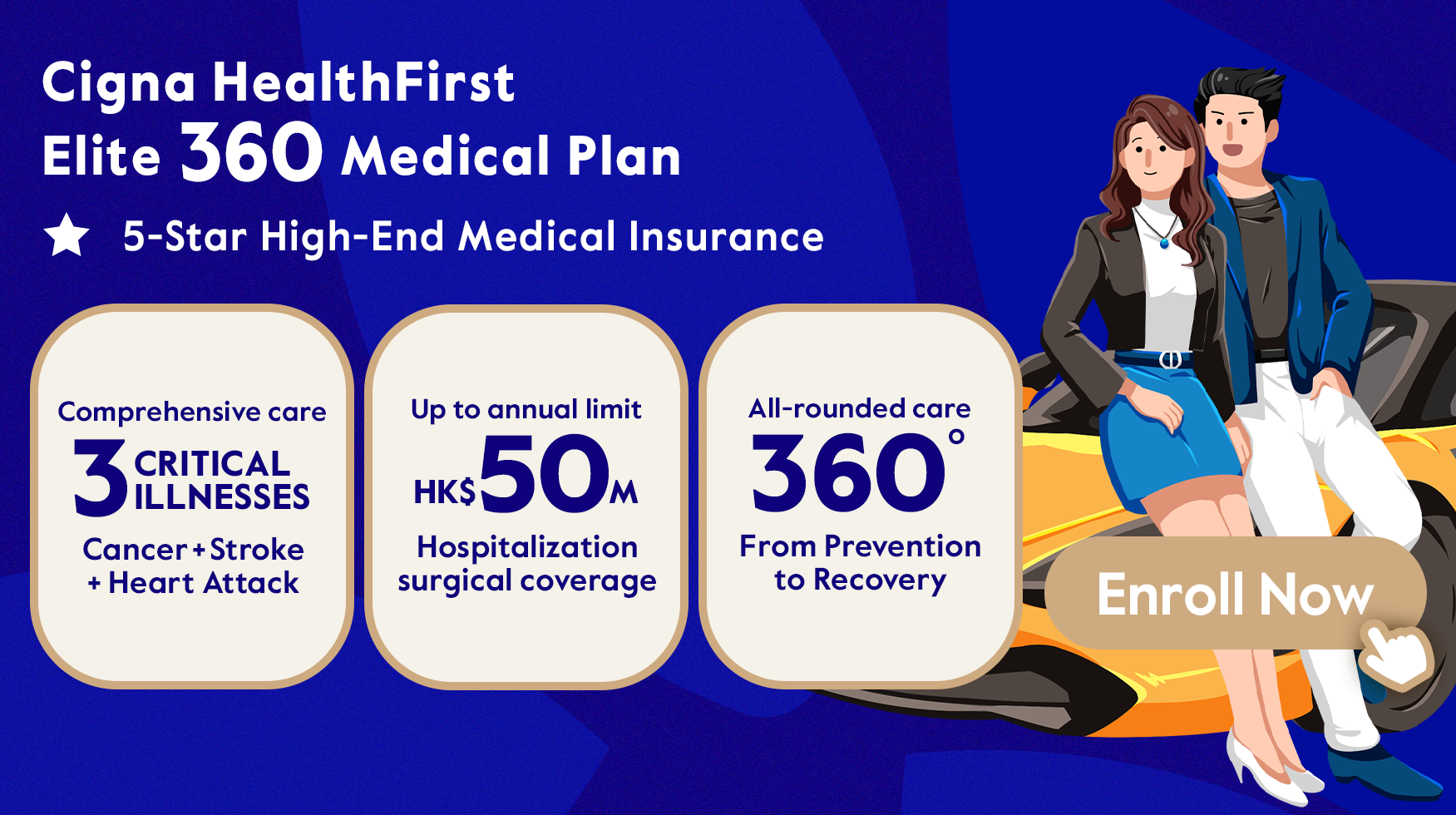In Hong Kong, lung cancer is the second most common cancer in men and the third most common in women, after breast cancer and colorectal cancer. It accounted for 15.7% of new cancer cases in 2017, according to Department of Health, HKSAR. What do you know about lung cancer staging and types? And what can we do to protect ourselves against it? Let’s find out now.
Causes of lung cancer
It is believed that smoking is the major cause of lung cancer. This includes Waterpipe Tobacco. The risk of smokers developing lung cancer is 20 times higher than non-smokers, but second-hand smoke is also culpable of causing lung cancer.
Symptoms of lung cancer
Lung cancer usually has no noticeable symptoms in the early stages. As it grows, it can affect the adjacent lung tissue causing symptoms that include:
- A persistent cough
- Coughing up blood-stained phlegm
- Repeated or slow-to-resolve chest infections
- Hoarseness
- Chest discomfort or pain when coughing or taking a deep breath
- Loss of appetite and weight
- Fatigue
Lung Cancer Staging and Types
The main types of lung cancer are non-small-cell (NSCLC) and small-cell lung cancer(SCLC), both of which have different staging. NSCLC is more common than SCLC.
NSCLC Stages
- Stage 0 NSCLC: It’s the cancer in situ stage. The tumour is small and has not spread to other areas of the lung and rest of the body.
- Stage I NSCLC: The tumour might now be in lung tissues but has not invaded the lymph nodes.
- Stage II NSCLC: Cancer might have spread to nearby lymph nodes or chest walls.
- Stage III NSCLC: It has further spread to other sections of the body such as oesophagus.
- Stage IV NSCLC: The cancer cells have spread widely throughout the body, including bone marrow.
SCLC Stages
- Limited stage: The cancer tumour is only in one lung; it might have also reached the nearby lymph nodes.
- Extensive stage: The cancer cells have spread widely throughout the body, including bone marrow.
How to prevent lung cancer

A healthy lifestyle is invariably central to preventing lung cancer. The American Institute for Cancer Research (AICR) estimates that 30 to 40% of cancers could be prevented based on a healthy diet and moderate exercise alone. Here are some tips:
- Eat more of a variety of vegetables, fruits, whole grains, and beans
- Avoid foods that are high in added sugar, or salt, or low in fiber, or high in fat
- Avoid processed meats
- Limit alcoholic drinks to 2 for men and 1 for women a day
- Be active: Exercise for at least 30 minutes every day
The above measures can help one maintain physical well-being, especially a healthy body weight, and in turn significantly reduce the risk of cancer.
Treatments for lung cancer
Depending on the types of lung cancer diagnosed, doctors' prescriptions and preferred ways of treatment vary. Patients diagnosed with small lung cancer are usually treated with radiotherapy and chemotherapy; while those with non-small cell lung cancer can be treated with surgery, chemotherapy, radiotherapy, targeted therapy, or a combination of these treatments.
While small cell lung cancer grows faster than non-small cell lung cancer, the former generally responds better to chemotherapy.
Besides a healthy lifestyle, you should always plan for the unpredictable. Critical illness insurance and medical plan can complement each other, to give you the protection that saves you the financial hassle.
Cigna HealthFirst Elite 360 Medical Plan offers comprehensive and personalized medical coverage across the stage prevention, diagnosis, treatment and recovery, with a range of hospital and surgical benefits, optional insurance benefits with an annual limit of up to HK$50 million, personalized health assessment, three critical illnesses(cancer, stroke and heart attack) all-rounded care and international medical concierge service. A 360-degree total health protection that spans across all the key stages of your health journey. Learn more here.
Sources:


